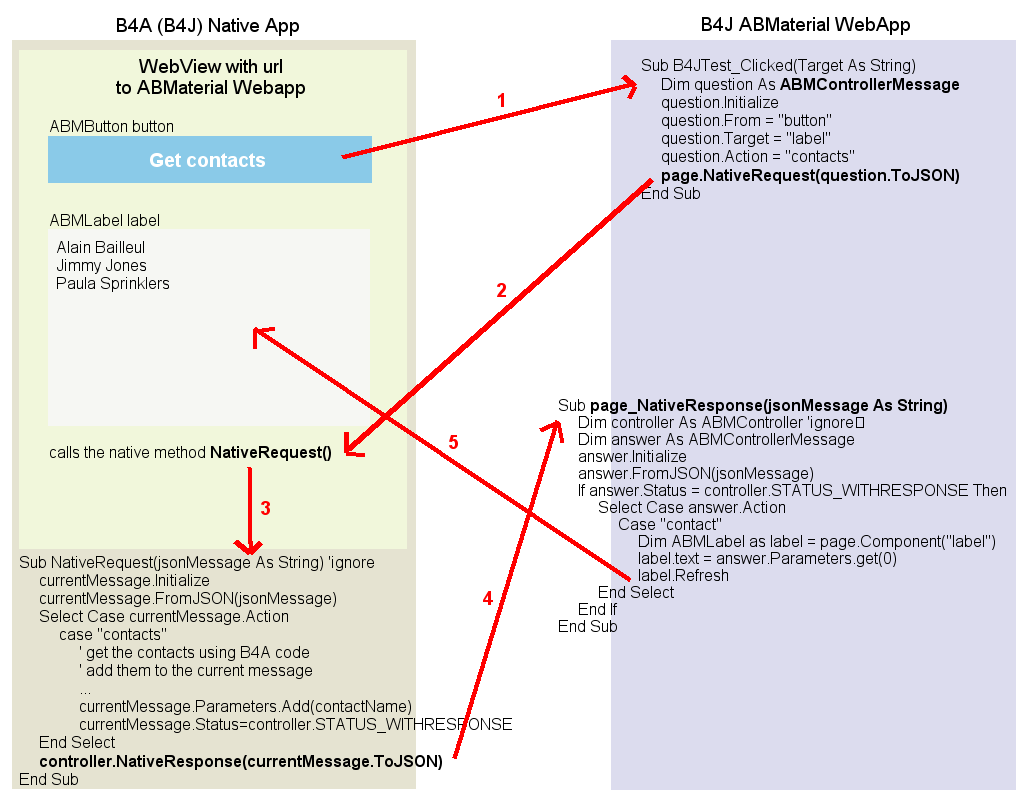Hi,
I decided to make this question based on this reply from the following post
https://www.b4x.com/android/forum/t...ryption-help-needed-solved.90354/#post-571170
I would like to call a ABMaterial WebApp from my B4A application via WebView. I would like to make use of the POST to pass the username and password to ABMaterial application because passing username and password via URL is not considered safe
So my question is "How to use http POST to start/call ABMaterial Webapp" and make use of the data received via POST"
For eg. instead of calling the URL as follows
I would like to make use of the POST and via POST I would like to pass the username and password to the ABMaterial web application. I understand that this is the safer way to move forward
I am not sure what are the things to be done on the ABMaterial Webapp to accept the data that comes via POST and then interpret the username and password and take you to the required web page.
My objective is to call a ABMaterial Web application, pass the username and password to the ABMaterial app from the B4A app, in a safer way. The ABMaterial app should know the username and password and based on the username and password the ABMaterial works accordingly. The ABMaterial web app will be viewed on the B4A app via a WebView.
Any help will be appreciated.
I decided to make this question based on this reply from the following post
https://www.b4x.com/android/forum/t...ryption-help-needed-solved.90354/#post-571170
I would like to call a ABMaterial WebApp from my B4A application via WebView. I would like to make use of the POST to pass the username and password to ABMaterial application because passing username and password via URL is not considered safe
So my question is "How to use http POST to start/call ABMaterial Webapp" and make use of the data received via POST"
For eg. instead of calling the URL as follows
B4X:
cWebAddress = "http://192.168.0.154:5100/MyApp/HomePage/?username=" & encryptedUserNameString & "&password=" & encryptedPasswordStringI would like to make use of the POST and via POST I would like to pass the username and password to the ABMaterial web application. I understand that this is the safer way to move forward
I am not sure what are the things to be done on the ABMaterial Webapp to accept the data that comes via POST and then interpret the username and password and take you to the required web page.
My objective is to call a ABMaterial Web application, pass the username and password to the ABMaterial app from the B4A app, in a safer way. The ABMaterial app should know the username and password and based on the username and password the ABMaterial works accordingly. The ABMaterial web app will be viewed on the B4A app via a WebView.
Any help will be appreciated.
Last edited:

